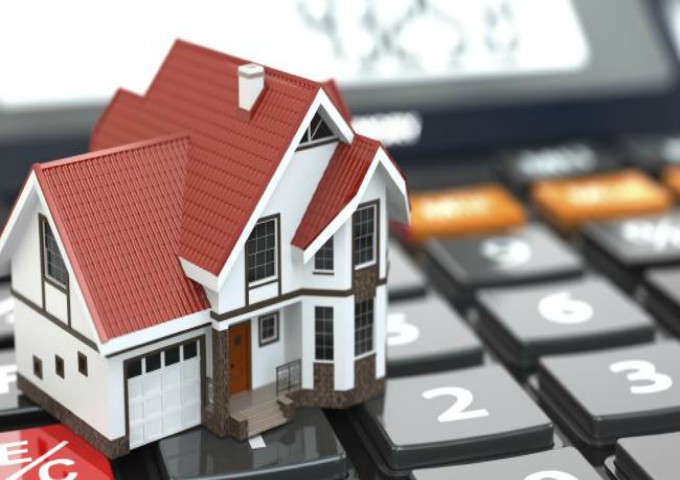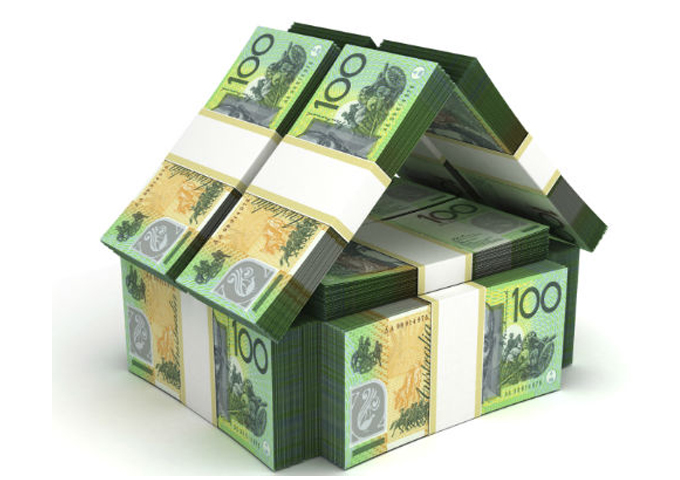What is negative gearing and how does it actually work?
How negative gearing works, the risks and benefits for investors, and whether or not the strategy is right for you.
Negative gearing occurs when the costs of taking out and maintaining an investment are greater than the income you receive from it. You can then use your investment loss to offset the other income you earn, allowing you to pay less tax.
This strategy offers a range of benefits to investors but it’s not without risks, so read on to find out how you can reap the benefits of negative gearing.
What is negative gearing?
An investment property is negatively geared if the net rental income (after deducting expenses) is less than the interest on the borrowed funds.
The outcome of a negatively geared property is that a net rental loss arises. For example, you could borrow money to buy an investment property, renovate the property and then cover a range of maintenance costs. At the end of each financial year, you may discover that the annual rental income you generate from your investment is less than the expenses you incurred when purchasing and maintaining the investment.
While this may not be a great result at face value, you can benefit from this loss by offsetting it against the income you earn from other sources. The end result of this is that you will effectively be earning less income which means you’ll have less tax to pay at the end of the financial year. As well as the taxation benefits on offer, investors can still make a long-term profit on their investment when the value of the property increases to a point greater than the outlay costs.
While common for property investing, negative gearing can also be used for other financial instruments such as shares and bonds.
How does it work?
The basic concept of negative gearing is turning a negative into a positive.
The main aim of any investment is to make a profit, but unfortunately that doesn’t always happen. From an unexpectedly low rental market to unforeseen expenses when purchasing a property, there are several reasons why the cost of an investment can outweigh the income it generates. This is a negative outcome, but you can use it to your advantage when tax time rolls around.
The cash loss you notch up on your investment can be used to offset the income you receive, for example from your salary or wages, meaning that as a whole you will be required to pay less tax to the ATO.
In effect, you can use the taxation system to bear the brunt of the impact of your investment loss in the short term, and in the long term you will hopefully make a capital gain on your investment when the value of your property rises.
What place does negative gearing have in the Australian market?
 Negative gearing has been a popular strategy for Australian investors for many years.
Negative gearing has been a popular strategy for Australian investors for many years.
Investors (and savvy financial planners) are always looking for benefits and breaks come tax time, and negative gearing allows them to take advantage of a short-term loss. Negative gearing isn’t allowed in many other developed markets around the world, with many economists claiming that it inflates house prices.
Statistics from the ATO show that the value of negative gearing tax breaks claimed for investment properties decreased from $13.8 billion to $12 billion between the 2011-12 and 2012-13 financial years. This trend is a reflection of attitudes towards negative gearing which suggest that negative gearing can have a detrimental affect on the Australian property market and the economy as a whole.
A 2015 report from the Australian Council of Social Service (ACOSS) claimed that more than half of the benefit of negative gearing deductions goes to people who earn more than $100,000 a year. These high-income earners represent the top 10% of personal taxpayers, and the report pointed to the fact that negative gearing helps the rich get richer and puts a strain on public revenue. In addition, over 90% of borrowing done by investors is for existing rental properties rather than new ones, leading to rising prices on existing houses and little being done to supply new houses.
Other claims in the report included that negative gearing encourages people to invest with tax avoidance in mind rather than with the aim of achieving the best possible return with the lowest possible level of risk, and that it destabilises the economy by convincing investors to borrow more than they otherwise would.
What are the investment expenses that you can claim as a deduction?
Generally you can claim a deduction for your expenses associated with the management and maintenance of the property, including the interest you pay on loans. If your asset is negatively geared, you may be able to deduct the full amount of rental expenses against your rental and other income, including your salary and wages. If you own an investment property there are a wide range of expenses that you can claim as tax deductions. Depending on your circumstances, you may also be able to claim depreciation against the property’s rental income. As a general rule, property investors can claim deductions in three main categories:
- Revenue deductions. You can claim revenue deductions such as for the interest on the money you borrow as well as ongoing maintenance fees.
- Capital items. Large items such as a plumbed-in dishwasher in a rental property are subject to depreciation over time and can be claimed over several years.
- Building allowances. Generally, you can claim for building allowances such as for depreciation over time for building works.
As a result, there is a long list of expenses and costs that you may be able to claim on your tax return. A selection of these costs are listed below, but the best thing to do is seek advice from an experienced financial planner or a tax accountant to determine which of the following you are eligible to claim. You can visit the ATO website for an exhaustive list of deductible expenses.








